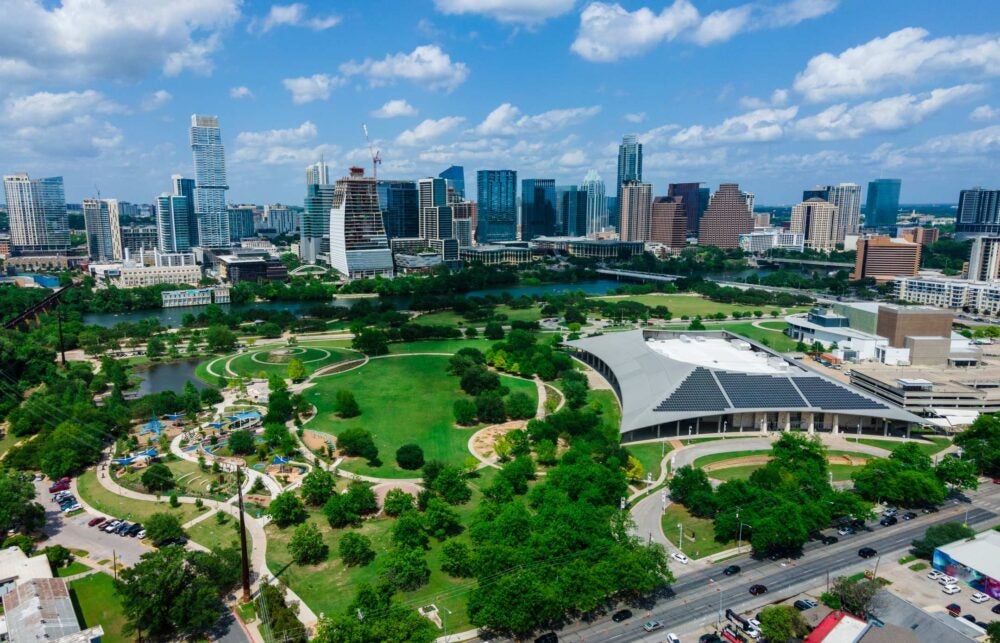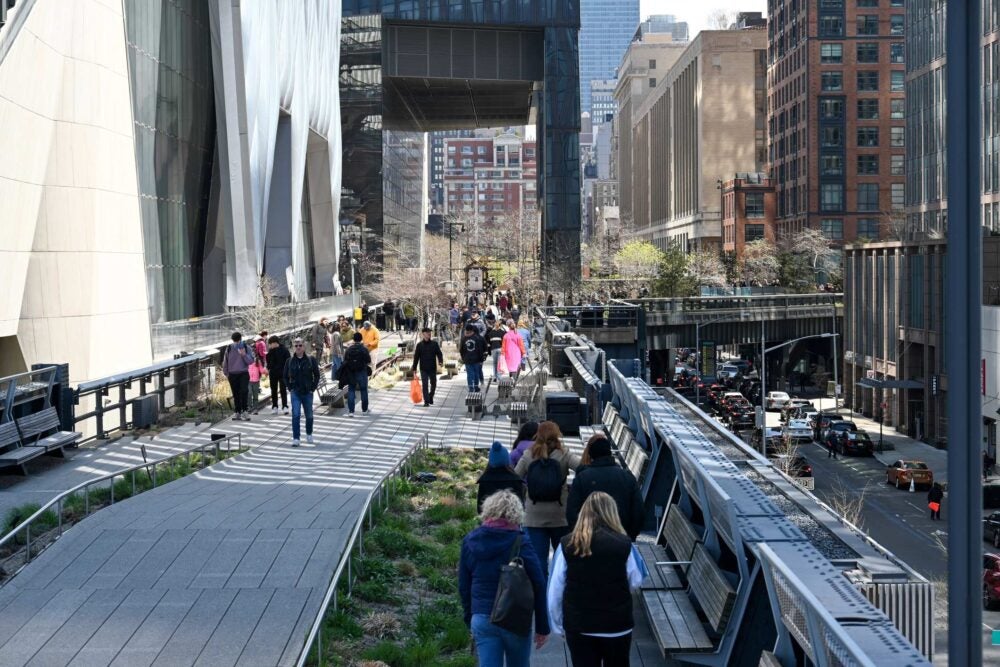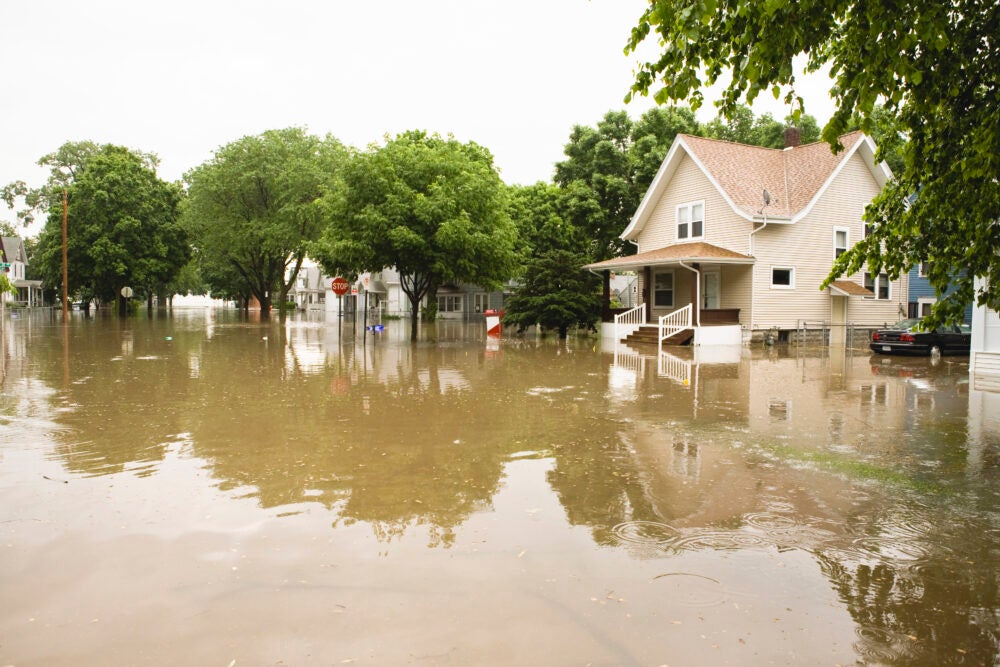
Research
Clark Quick Take: How Does U.S. Commercial Real Estate Fare on Green Energy Adoption?
Blog
As urban populations expand at a rapid pace, the need for sustainable living becomes more critical than ever. Understanding what makes a city “green” is not just essential, but a responsibility for anyone interested in environmental stewardship, urban planning, or simply seeking a healthier place to live. In this article, we’ll explore the key features that define a sustainable city, delve into the development of livable and healthy communities, consider economic and social factors, and discuss the implementation of more sustainable policies.
The Steers Center for Global Real Assets (formerly Steers Center for Global Real Estate) and its faculty and students take a very clear-eyed view of sustainability practices within the built environment and realize that nearly all of the built environment is inherently unsustainable given that roughly 40% of global greenhouse gas emissions are produced by real estate and infrastructure. Our objective as an academic institution is to understand the actual playing field and educate our students on how we can incorporate more sustainable practices into the real estate investment industry. This article explores the notion of sustainability as it relates to our cities.
What is a more sustainable city? A more sustainable city, also known as a “green” city or eco-city, is designed to minimize environmental impact, promote social equity, and enhance the quality of life for all inhabitants.
Green urban planning is essential for building sustainable, environmentally friendly cities. cities. This involves integrating environmentally friendly practices into urban design, such as using renewable energy sources, implementing efficient waste management systems, promoting sustainable transportation, and preserving green spaces. These strategies help reduce carbon emissions, improve air and water quality, and foster healthier living environments.
The world’s most sustainable cities provide a wide range of benefits. They combat climate change by lowering greenhouse gas emissions and improving energy efficiency. They also promote public health by ensuring clean air, safe drinking water, and ample green spaces for outdoor activities and recreation. In addition, these cities stimulate economic growth by creating jobs in green sectors, while advancing social equity by guaranteeing all residents have access to essential resources and services.
A truly “green” city prioritizes sustainability and environmental consciousness in every aspect of its development. Key characteristics to look for include:
“Green” cities feature well-designed and accessible public transportation systems that reduce reliance on private vehicles. By investing in buses, trams, subways, and trains, these cities make it easier for residents and visitors to navigate without contributing significantly to carbon emissions. This not only eases traffic congestion but also cuts down on air pollution.
One of the defining features of a more sustainable city is its commitment to clean, renewable energy. By investing in solar, wind, and hydroelectric power, greener cities reduce their dependence on fossil fuels and minimize their carbon footprint. This shift to renewable energy supports global efforts to combat climate change.
“Green” cities value nature and understand the importance of preserving it within urban environments. They establish parks, gardens, and green belts for residents to enjoy and protect natural habitats within the city. Urban farming initiatives and sustainable landscaping practices help preserve biodiversity and contribute to food security.
Building more sustainable cities is crucial in today’s rapidly changing world. Here are key factors that cities must prioritize:
Effective waste management is fundamental to sustainability. Cities should implement comprehensive recycling programs, composting initiatives, and waste-to-energy technologies to reduce their environmental impact. Diverting waste from landfills conserves resources and minimizes pollution. For example, San Francisco has achieved an 80% waste diversion rate through aggressive recycling and composting programs.
More sustainable cities prioritize water conservation and infrastructure to ensure that all residents have access to clean drinking water. Implementing efficient systems like rainwater harvesting, greywater recycling, and advanced wastewater treatment reduces water scarcity and pollution, promoting a healthier future.
Integrating more sustainable practices into urban planning and construction is essential. This includes using energy-efficient building materials, incorporating renewable energy systems into buildings, and designing walkable urban spaces with access to public transportation and green areas. Sustainable architecture reduces carbon footprints and enhances energy efficiency.
When selecting or developing a “green” city, it’s important to focus on creating communities that are both livable and healthy. Consider the following:
“Green” cities prioritize safe and accessible pathways for pedestrians and cyclists. By investing in sidewalks, bike lanes, and shared paths, they encourage alternative modes of transportation, reducing reliance on cars. This promotes active lifestyles, reduces traffic congestion, and lowers carbon emissions.
More sustainable cities support local farmers and businesses by ensuring access to fresh, healthy produce. The presence of farmers’ markets, community gardens, and urban agriculture initiatives indicates a commitment to sustainable food systems. This helps minimize the environmental impact of long-distance food transport and supports the local economy.
“Green” cities engage residents in sustainability efforts. This includes involving them in decision-making processes, encouraging participation in recycling programs, and supporting community renewable energy projects. Such engagement fosters a sense of ownership and collective responsibility, leading to long-term positive impacts and stronger community bonds.
A more sustainable city doesn’t focus solely on environmental factors, it also considers economic and social dimensions:
“Green” cities prioritize developing industries that contribute to sustainability, such as renewable energy, sustainable transportation, and eco-friendly construction. This not only lowers the city’s carbon emissions but also generates job opportunities within the local community, leading to a resilient and prosperous economy. According to the U.S. Bureau of Labor Statistics, jobs in renewable energy sectors are among the fastest-growing occupations.
Sustainable cities guarantee equal access to clean air, water, and green spaces for all residents. This prevents any group or neighborhood from being disproportionately affected by pollution or resource scarcity. Policies aimed at environmental justice help address these disparities
Creating a “green” city requires collaboration among governments, businesses, and citizens:
Setting policies and regulations that promote sustainability is a pivotal role governments can play. This can include offering incentives like tax breaks or subsidies for renewable energy projects and implementing regulations that require businesses to adhere to sustainable practices. For example, cities like Copenhagen have set ambitious goals to become carbon neutral and have implemented policies to support this vision.
Companies can significantly lower their carbon footprint by adopting energy-efficient technologies, waste-reduction strategies, and sustainable supply chains. Incorporating sustainability into business models not only contributes to a greener city but also provides a competitive market advantage.
Individuals play a crucial role by making more sustainable choices in their daily lives. This includes using public transportation, conserving water and energy, recycling, and supporting local businesses. Participation in community initiatives and advocacy for more sustainable policies further drives progress. Grassroots movements often catalyze significant environmental change.
Governments, businesses, and citizens can collaborate on developing metrics and indicators to track environmental performance to ensure continuous improvement and progress. Tools like the Global City Indicators provide standardized measures for cities worldwide. Regular assessments guide improvements and help keep the city on track toward its sustainability goals.
Understanding what to look for in a “green” city can be enhanced by examining cities that have successfully implemented sustainable practices:
The city of Portland in the state of Oregon is renowned for its extensive public transportation system, including buses, light rail, and streetcars. The city’s bike infrastructure boasts over 350 miles of bikeways. Portland also has a strong commitment to renewable energy and greener building, with policies that encourage energy efficiency and sustainable development.
Freiburg is often cited as one of the greenest cities not only in Germany, but in all of Europe. The city has a comprehensive approach to sustainability, including a focus on renewable energy, particularly solar power. Freiburg’s urban planning emphasizes walkable neighborhoods, green spaces, and community involvement in decision-making processes.
Despite its high population density, Singapore has integrated green spaces throughout the city, including rooftop gardens and vertical greenery. The city-state has implemented innovative water management practices, such as desalination and water recycling, to ensure a more sustainable water supply. Singapore also invests in public transportation and aims to reduce reliance on private vehicles.
Understanding what to look for in a “green” city involves recognizing the multi-faceted approach required to achieve sustainability. Efficient public transportation, renewable energy, preservation of green spaces, innovative waste management, and sustainable architecture are just a few of the essential components. Economic and social considerations, such as job opportunities in the green sector and equitable resource distribution, are equally important.
Implementing sustainable policies requires collaboration among governments, businesses, and citizens. By fostering cooperation, setting clear goals, and continuously measuring progress, cities can enhance their environmental performance. The examples of Portland, Freiburg, and Singapore demonstrate that it is possible to create urban environments that are both livable and sustainable.
As we look toward the future, the development of “green” cities will play a critical role tackling urgent global challenges such as environmental degradation, resource depletion, and social disparities. By understanding and advocating for the key elements of sustainable urban living, we can play a role in fostering a healthier planet and enhancing the well-being of all.
Research
Blog
Research


